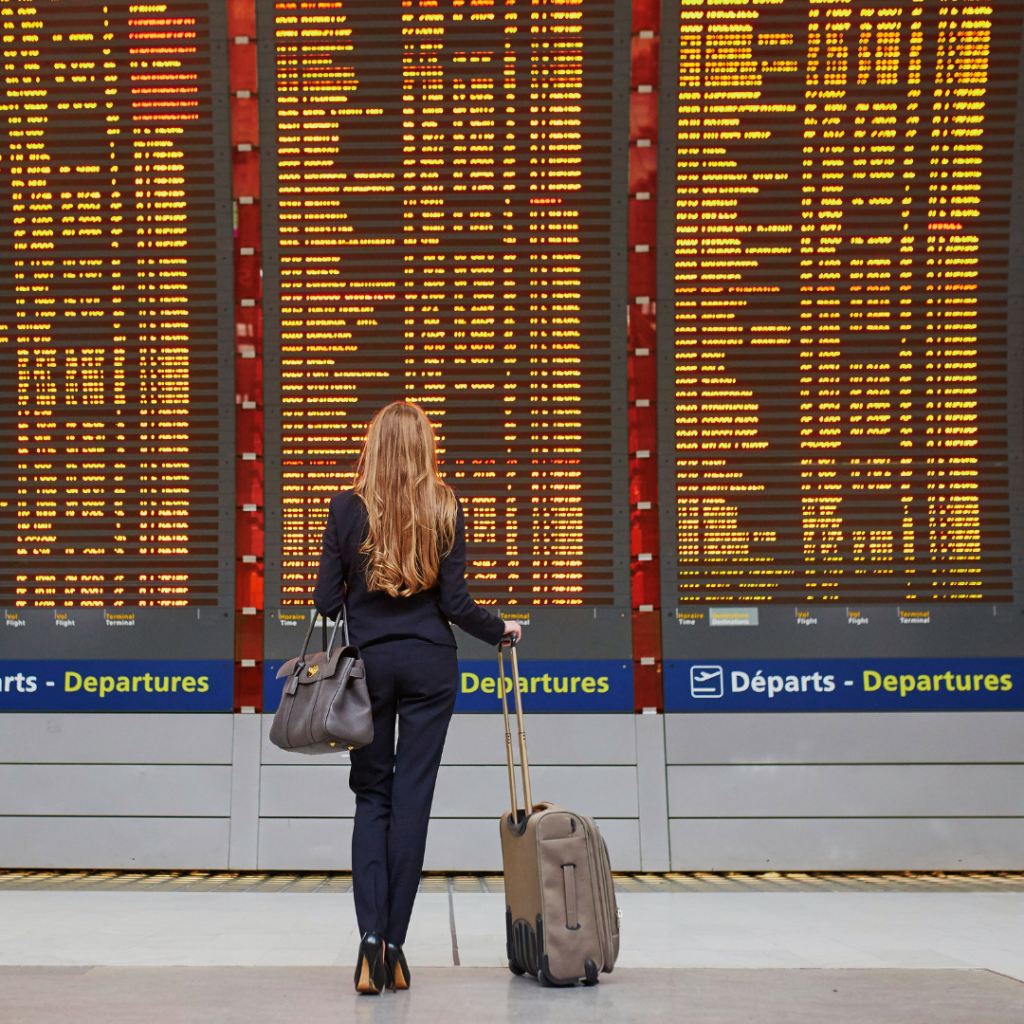Airports are complex transportation hubs that allow aircraft to safely take off, land, and handle passengers and cargo. At the heart of every airport is the runway – the long, paved strip where planes accelerate for takeoff and touchdown when landing. Runways are strategically positioned according to wind patterns to allow optimal aircraft performance. They are surrounded by vast stretches of flat, open land to provide adequate clearance for arriving and departing planes.
The nerve center of an airport is the control tower. Air traffic controllers occupy the tower, directing aircraft both on the ground and in the air to ensure safe and efficient movement. Through radio contact and radar tracking, they carefully guide each plane through every phase – taxiing, takeoff, approach, and landing. Controllers coordinate between incoming, outgoing, and grounded aircraft to maintain proper spacing and sequencing.
Before a flight takes off, airline and airport ground crews have a lot to do. They make sure the aircraft is ready by loading baggage, cargo, fuel, and food supplies. They also connect it to an aircraft ground power unit for electricity. Meanwhile, passengers go through check-in, security, and then head to the gate to board the plane. As the departure time approaches, pilots check the flight controls, get clearance from air traffic control, and taxi the plane to the runway. Then, they power up the engines for takeoff. Once the plane gains enough speed, it lifts off the runway and starts climbing into the sky.
Upon descent to the destination airport, air traffic control vectors aircraft into an orderly flow to line up for approach and landing. Following controller instructions, the pilot extends landing gear, reduces speed, descends, and finally flares onto the runway, braking to taxi speed. After parking at the gate, ground crews unload baggage and cargo and disembark passengers so the next flight crew can prepare to continue the cycle.
Now let’s get into the main content around tips for beginners on navigating airports.
Air travel can be a daunting experience, especially if you’re a first-time flyer. But don’t worry! We’re here to help with a handy guide to everything you need to know about airports. From check-in to security to boarding your flight, we’ve got you covered. So, relax and take a deep breath- your dream vacation is about to take off!
Have you ever been to the airport and felt like a fish out of water? If you’re new to air travel, it can be a bit stressful. There are many things to know and consider before your flight, from what to pack to what to expect at the airport. If your nerves tend to get the best of you, taking some time to unwind before heading to the airport can make all the difference. Consider treating yourself to a swedish massage in Glen Mills, PA or another local area. A massage can help you relax, ease anxiety, and leave you feeling refreshed and ready to handle the day. But don’t worry – we’re here to help. In this blog post, we’ll share everything you need to know about airports, from the basics of check-in to airport security. So, whether you’re a first-time flyer or a seasoned pro, read on for our top tips on navigating the airport with ease.
Tips and Things You Need to Know About Airports and Air Travel
Airport Check-in
Check-in at the airport can be time-consuming and frustrating. In order to help alleviate this issue, many airports now may offer a custom airport kiosk on their premises, which can significantly reduce waiting times and streamline the check-in process. Now, there are a few other things you can do to make the process go more smoothly.
- Be sure to arrive at the airport with plenty of time to spare. It’s always better to be early than to miss your flight.
- Make sure you have all the necessary documentation. You will need to have a valid passport and if you are travelling to another country, a visa. You may also need proof of onward travel or a return ticket.
- Be prepared to answer questions about your trip. The security staff may ask about your destination, travel plans, and why you are travelling.
- After completing the check-in process, whether through a kiosk or counter, relax and enjoy your flight. In a matter of a few hours, you will arrive at your desired destination.
Airport Security
Although many people view airport security as a necessary evil, it doesn’t have to be a stressful experience. By following a few simple tips, you can make your next trip through the airport a breeze. Here are a few things to keep in mind:
- Be prepared for security screenings. Make sure you have your boarding pass and ID ready before reaching the security checkpoint.
- Pack your carry-on bag wisely. Avoid packing any liquids or gels in containers larger than 3.4 ounces, and be sure to put all of your bags through the X-ray machine.
- Don’t forget about the 3-1-1 rule. This rule applies to your carry-on bag’s liquids, gels, and aerosols. Each item must be in a 3.4-ounce or smaller container, and all of the containers must be stored in a single, clear, quart-sized bag.
Flight Adjustments and Delays
If you’ve ever been through an airport or flown on an airplane, you know that delays and adjustments are par for the course. But what do you do when your flight is delayed or canceled? How do you know if you’re entitled to a refund? For this matter, it is important that you are completely aware of the terms and conditions of the airlines where you purchased your ticket. Make sure also to keep their customer service number so that you can reach out to them in case of some problems. If you feel airports are too complicated, consider renting a private jet from the likes of Jettly. With private jets, you get to enjoy the privacy, enjoy the luxury, and also avoid the rush to check in.
For beginners or first-time travellers, don’t be afraid. There could be some hassle and inconvenience but rest assured that everything will be fine. You will be able to reach your destination and enjoy yourself. Just be ready for some inconveniences, especially since it is your first time flying out of your comfort zone.

